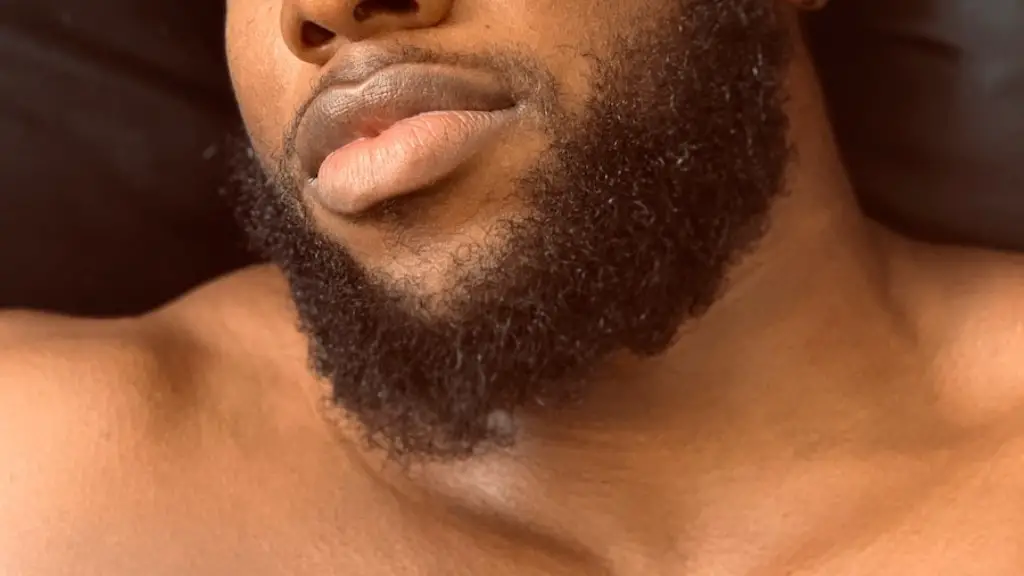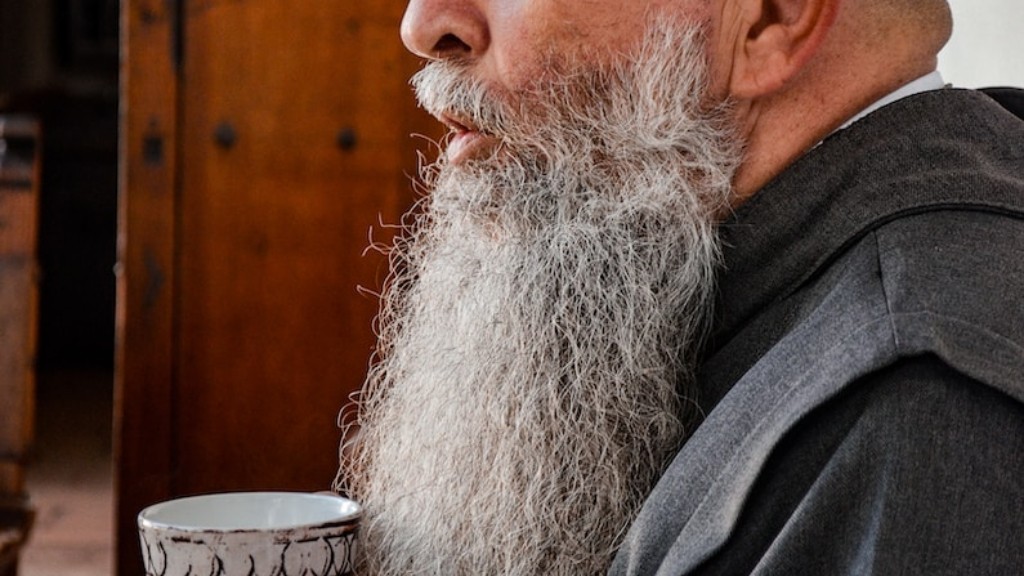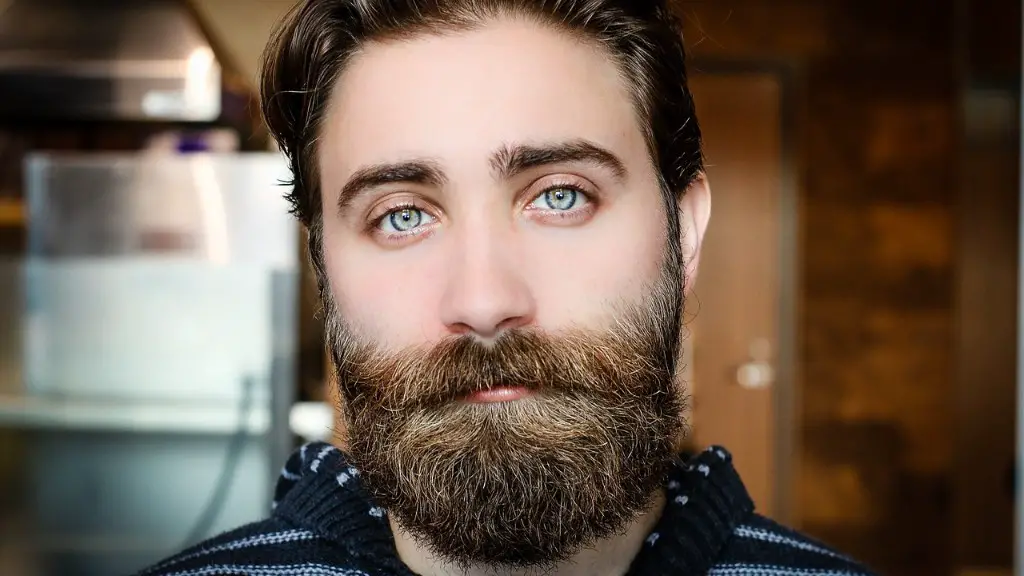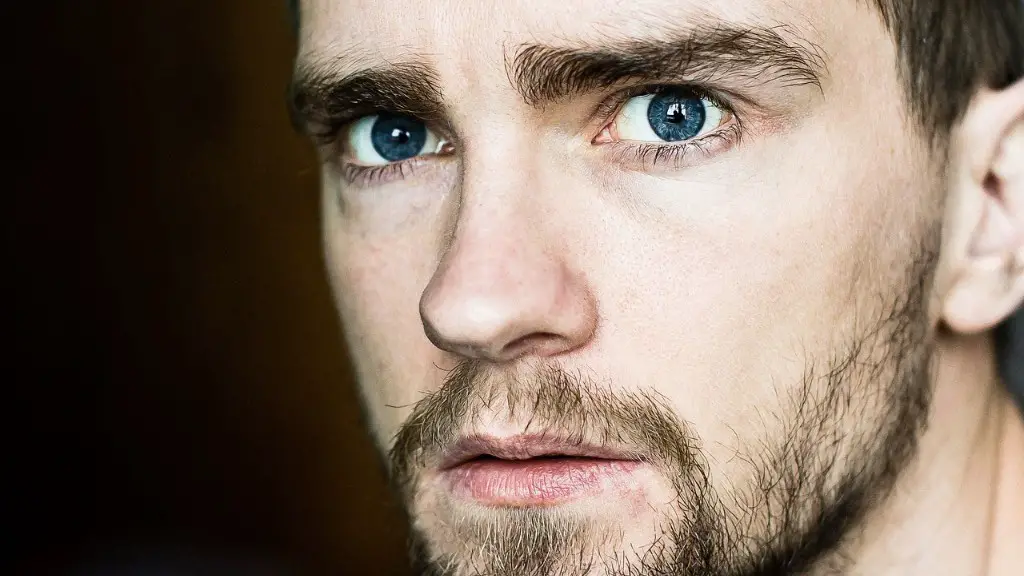Beard hair falling out is a common occurrence and there is no definitive answer to the question of how many hairs fall out in a day. However, some studies suggest that the average person loses between 50 and 100 hairs from their head each day, so it is reasonable to assume that a similar amount of beard hair is lost. While it may be worrying to see hair coming out when brushing or combing your beard, it is important to remember that a small amount of shedding is normal and should not cause alarm.
There’s no real answer to this question since it varies from person to person. Some people may lose a couple beard hairs a day, while others may lose a whole lot more. It all depends on the individual’s hair growth cycle.
Why does my beard hair fall out so easily?
If you’re losing beard hair, it could be due to a natural shift in the hair follicle growth phase, or it could be caused by issues like poor micronutrient intake, low-calorie dieting, suppressed androgens, or an overly aggressive beard care routine. Alternatively, it could be a sign of alopecia barbae. If you’re concerned about beard hair loss, it’s best to speak to a doctor or dermatologist to get to the root of the problem.
It’s normal to lose some hair every day, and it’s nothing to worry about unless you’re losing more than usual. If you are, it could be a sign of a health problem, so you should see a doctor to find out what’s going on.
Does falling beard hair grow back
If you are experiencing beard hair loss, it is important to know that it is usually not permanent. Most people with alopecia will make a full recovery, though the hair loss may come back with time. There are a number of things you can do to help promote hair growth and prevent further hair loss. Be sure to speak with your doctor to find the best course of action for you.
The average beard growth rate is 0.27 mm per 24 hours. However, this can vary between individuals. Hair growth is not a continuous, never-ending process. It occurs over a natural hair growth cycle, which includes a growing phase, a resting phase, and a phase where the hair will fall out to make place for a new hair.
What phase is beard shedding?
The average person sheds between 50 and 100 hairs per day. However, during the telogen phase, this number can increase to up to 400 hairs per day. While it may seem like a lot of hair is being lost, it’s actually a normal and necessary part of the hair growth cycle.
Not getting enough sleep can reduce the amount of testosterone your body produces, which in turn can make your beard hair grow slower. Getting enough high-quality sleep is important for maintaining healthy testosterone levels and keeping your beard looking its best.
Should I brush my beard wet or dry?
If you want to avoid damaging your beard, make sure it is dry or at least slightly damp before brushing it. Wet hair is weaker and softer, so brushing it can cause strands to break or get pulled out.
It’s always best to use both a bristle brush and a beard comb to keep your beard clean, moisturised, and styled. The bristle brush will help to keep the beard clean, while the beard comb will help to untangle and style the beard.
Should I comb my beard up or down
It is important to comb your beard up and out, starting from the bottom in order to make it look as full as possible. However, you should be careful not to pull too hard on the hairs as this can cause them to break or even rip out. Always go slowly and carefully to avoid any damage.
Patchy beards are usually not the result of low testosterone levels. Rather, it is mostly due to how sensitive your hair follicles are to dihydrotestosterone (DHT), a male sex hormone produced by testosterone.
At what age does beard grow fully?
Full beard growth by early 20s is attainable for most men, but some will have to wait until they hit 30. The rate and thickness of beard growth is determined by various factors, including genetics and hormone levels. Those who hit puberty might see the facial hair growing process kick into gear, but it’s impossible to predict how long it will take for full growth to be reached. In some cases, it could take a few years longer than average. Patience is key when growing a beard.
There are a few things to keep in mind when it comes to beards. First, they never stop growing. However, individual hairs reach a maximum length and then fall out, starting the growth cycle anew. Additionally, a number of different factors can impact growth rate, fullness, and length. Those include everything from diet and hygiene to genetics and age.
Does drinking water help grow beard
Drinking lots of water is a great way to improve your health and promote hair growth. Every strand of hair needs water to grow, and by staying hydrated you can keep your hair looking its best. It can be tough to get used to drinking so much water, but it’s worth it for the sake of your hair!
If you’re growing a beard, it’s important to be patient and let it grow in fully before you start trimming. On average, facial hair grows about half an inch every month, so a 2 month beard is typically around an inch long. That means you can start doing some light, careful trimming. But beware of going crazy – overdoing it on the trimming at this point is bad news.
Do beards get thicker with age?
If you’re in your early 20s or teens, it’s likely that your beard will continue to get thicker as you age. Age Men often experience increased facial hair coverage until around age 30. So if you’re patient, you should eventually be able to grow a thicker beard.
According to Dr. Alan Bauman, genetics play a role in how facial hair grows and when a beard reaches its full potential. He states that from ages 18 to 30, most beards continue to develop in thickness and coarseness. This is due to the fact that facial hair is determined by testosterone levels, which continue to rise during this time frame.
Final Words
There is no medical evidence to support an exact number of beard hairs that fall out per day. However, it is generally accepted that the average person sheds between 50 and 100 hairs per day from all over their body, including the beard.
Beard hair loss occurs when the hair follicle is damaged and the hair is forced out. Beard hair loss can happen for a variety of reasons, including poor diet, stress, illness, and hormonal imbalances. It’s important to consult a doctor if you’re experiencing excessive beard hair loss, as it could be a sign of a more serious underlying condition.





